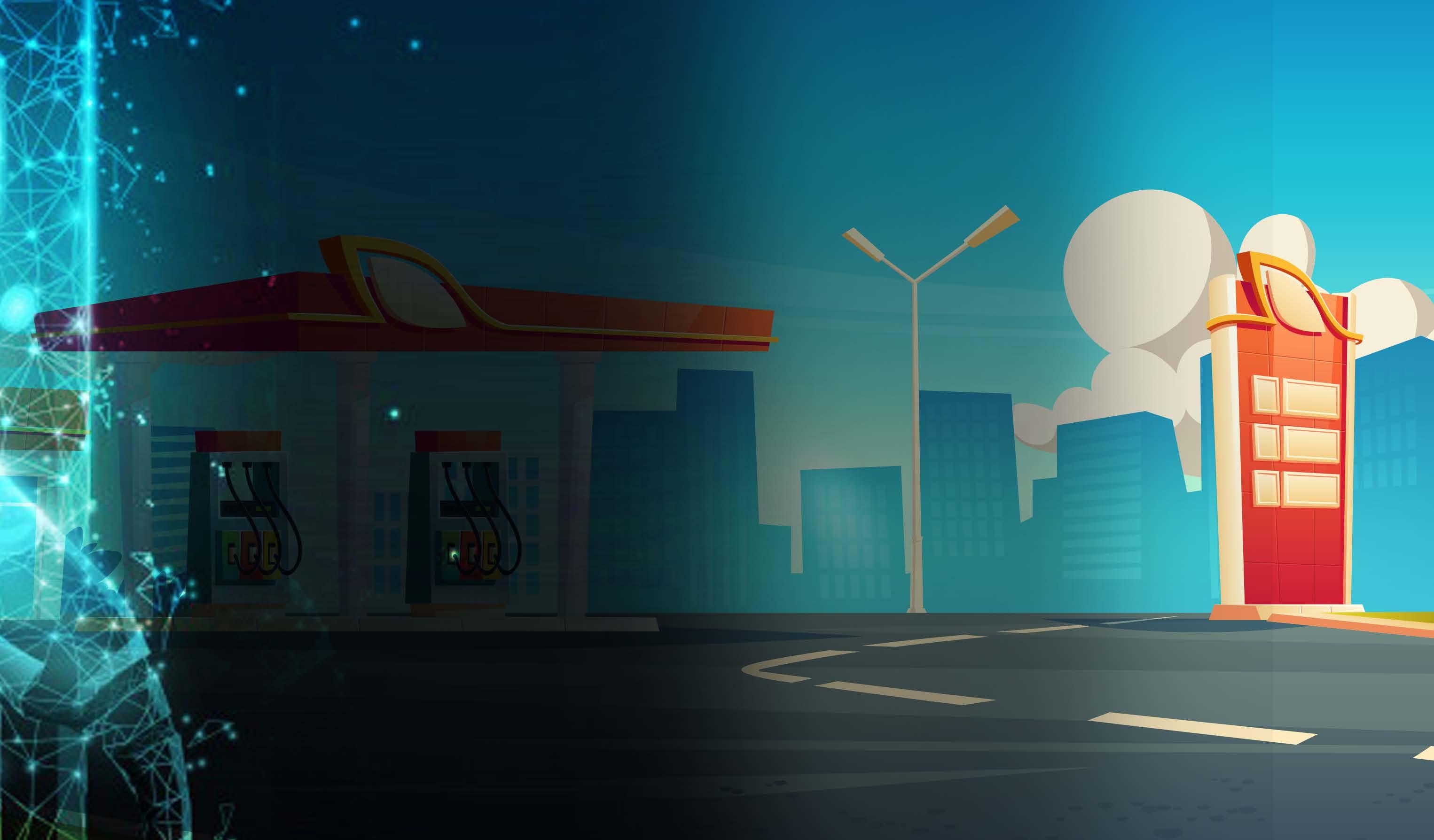
5 minute read
EV charging infra in India set for expansion
by ETNews
It is now being realized with almost finality that e-mobility along with RE can help the world reach the target of global temperature reduction by the turn of this century. With this backdrop, it is prudent to take a pause and reflect on how we, as a nation, have fared in adoption of e-mobility during the year 2020.
The year 2020 would be etched in our memory forever, though most of us would love to forget it. However, the outbreak of the pandemic and the associated changes it forced in our behavior, have brought forward certain narratives to mitigate the impact of climate change. One such narrative is electric mobility.
Advertisement
This article is confined to the analysis of EV charging infrastructure that has been one of the major impediments for adoption of e-vehicles, particularly for 4Ws like cars and buses.
Positive developments
The EV charging industry started the year with a very positive development, which happened in the 4Q2019 – Ministry of Power revised the Public Charging Infrastructure guidelines issued on December 14,
AWADHESH JHA Vice President Fortum Charge & Drive
2018, after receiving suggestions from various stakeholders. These guidelines brought clarity to the discourse around the charging standards to follow for rapid proliferation of EVs in the country. This set at rest the ongoing debate on type of socket to be used by EV OEMs. Also, the flexibility of putting as many chargers as investors want, at any location would help an EV user find chargers closer to their location.
The expectation that the State authorities would undertake Statelevel planning for identifying potential charging stations and augmenting upstream electricity infrastructure, will help potential CPO (Charge Point Operators) agencies to plan for setting up charging stations. The creation of an online database for EV charging stations will help governments, OEMs of EVs and EVSE (EV supply equipment), CPOs, and Discoms optimally plan their respective resources.
Supportive EV policies
When we opened our eyes in year 2020, we were greeted with the positive news of DHI having made the decision of allocating 2600 EV charging stations across 62 cities in the country. Though the follow up action by the agencies that were allotted these concessions halted, due to the pandemic outbreak and consequent nationwide lockdown for 54 days. This set the tone for the climate change narrative and lifted the spirits of the industry and EV users. This was followed by another EOI by DHI for setting up EV charging stations along highways/ expressways in October 2020.
Post lockdown, Delhi and Telangana came out with their EV policies. Delhi EV Policy is considered to be an enabler for demand creation. One of the favorites is the provision for creating charging infra where locations shall be provided for setting up charging stations. Access to location along with adequate electricity are two critical elements for having a robust public charging infra for mass adoption of EV in India.
Telangana EV policy caters to various segments of e-mobility – from OEMs to charging infrastructure players to EV users. Another important policy announcement came from the government

of India, where it allowed sale of 2- / 3-wheeler EVs without battery. This is expected to support the battery swapping business, though one needs to be watchful for a year or so to see how it translates on ground.
Setting the charging network
As most part of 2020 was affected by COVID-19, installation of chargers got affected in the year as well. However, the stage is set for huge expansion of network in the coming year. The 2600 charging stations under DHI scheme should be in use by end of next year. Various players (including Fortum India) would also be taking lead from the private sector in adding to the growing network of infrastructure.
As per the Global Energy Outlook 2020 report published by the International Energy Agency, there are about 1800+ charging points in India. The network has all types of chargers ranging from 3.3 kW to 50 kW CCS/CHAdeMO chargers, catering to various kind of EVs. This is in addition to captive charging deployed by various OEMs for their products and fleet operators. Additionally, various car makers are also installing AC chargers at home of EV buyers.
When these steps are viewed along with various measures taken by the government over the past couple of years to expand the charging infrastructure network, we see that India as a country has taken decisive steps to make EVs mainstream in short to medium term. The first and very significant step was to treat EV charging as a service.
On the April 13, 2018, the Ministry of Power announced that the setting-up of charging stations would be de-licensed. This was a positive move, intended to create a competitive market where any individual or business entity (private or government) could set up charging stations. The other positive step was to treat ‘EV Charging Station’ as a separate category under Tariff Order by electricity regulators. The expectation that the electricity regulator will determine the tariff for the power supply to EV charging stations in accordance with the Tariff Policy under Electricity Act 2003 will standardize input power cost.
Creating power balance
India, like almost every major economy of the world, is working towards a sustainable future where the use of fossil-based vehicular fuels will be significantly less than at present, if not completely stopped, so as to minimize overall emission. EVs will thus have a very important role to play. Moreover, with the government pushing for the growth of solar energy, EVs will also serve to balance the power grid by drawing power from the grid during peak generation hours, storing it in their battery when not running, and transferring it back to the grid when needed.
(The author of this article is Awadhesh Jha, and the views expressed herein are his own.)
Image for representation only











